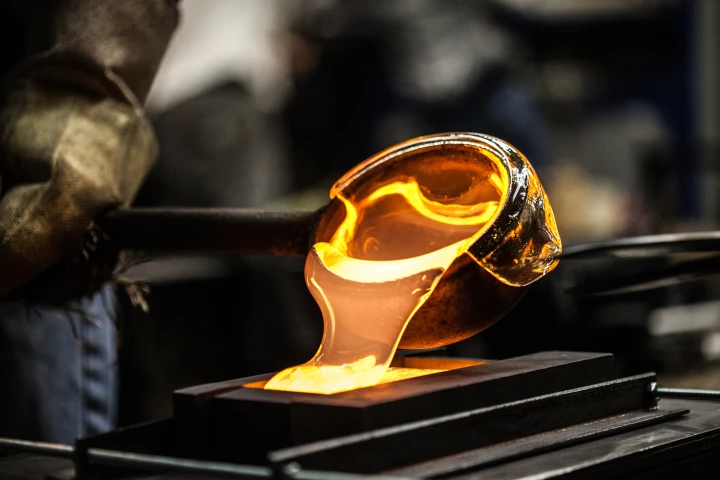Atoms
-
Dark matter should be all around us, but the stuff is frustratingly elusive. Now physicists at NIST have developed a new sensor that could help us detect certain hypothetical dark matter particles, using a two-dimensional quantum crystal.
-
Astronomers have counted the number of neutrons inside carbon atoms from 2.8 quadrillion km away. The team managed to measure the ratios of carbon isotopes in the atmosphere of an exoplanet for the first time, which can tell us about how it formed.
-
Silicon is vital to all of the electronics that our modern world is built on. Now, research led by the Carnegie Institution for Science has developed a way to create a new form of silicon with a unique hexagonal structure.
-
Researchers at Cornell University have snapped the clearest images of atoms ever taken. Aided by new noise-reducing algorithms, the images are of such high resolution that, the team says, they almost reach the ultimate limit possible.
-
Mundane as it may seem, glass is a surprisingly mysterious material. Now scientists at the University of Konstanz have identified a new state of matter called liquid glass, which has some unusual properties.
-
The world of atoms and molecules is tricky to study, not just because it’s so small but because events occur so quickly at that scale. Now, researchers have captured slow motion video of the movements of single molecules at 1,600 frames per second.
-
In quantum entanglement, particle links are thought to be fragile. But now, physicists have managed to produce hot clouds of trillions of entangled atoms, breaking quantity records and showing that entanglement isn’t as fragile as previously thought.
-
Atoms are known for forming bonds and breaking apart, but because this happens on such a tiny scale, it’s difficult to study and record. Now, researchers have managed to capture atoms forming and breaking bonds on video for the first time.
-
At the atomic scale, things happen much faster than we can see. Now Harvard researchers have slowed things down by cooling molecules to almost absolute zero – the coldest chemical reaction ever recorded, capturing never-before seen molecular actions.
-
Researchers have taken advantage of defects to make silver much stronger while still being conductive – breaking a theoretical limit in the process.
-
The universe is believed to be expanding at an accelerating rate, thanks to a mysterious force dubbed dark energy. But how exactly does this force work?
-
Since electronics are always shrinking, engineers need to find ways to make smaller components too. Now, scientists from the University of Leeds have managed to make the thinnest gold ever created, measuring just two atoms thick. That makes it functionally two-dimensional, joining graphene.
Load More











